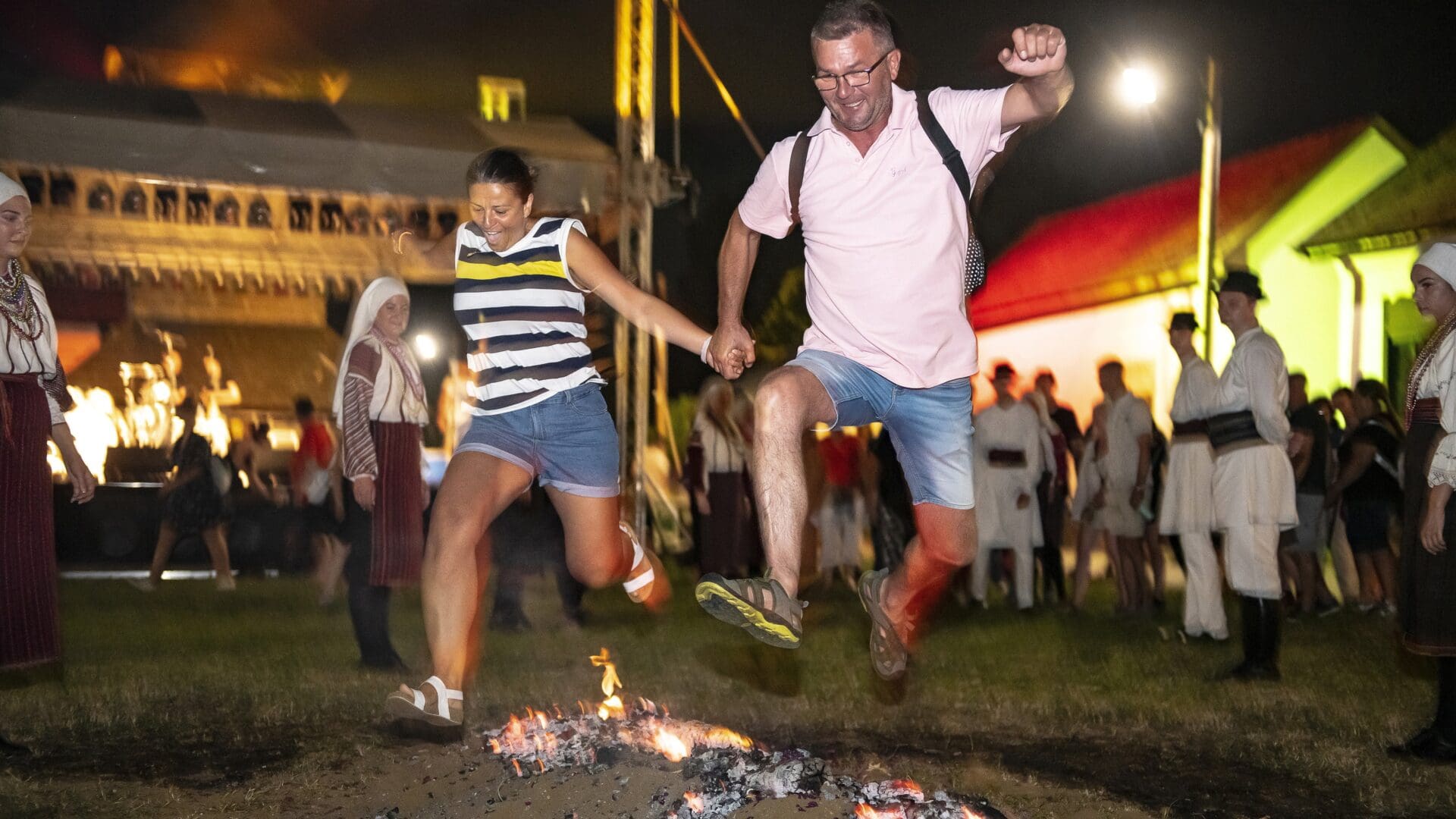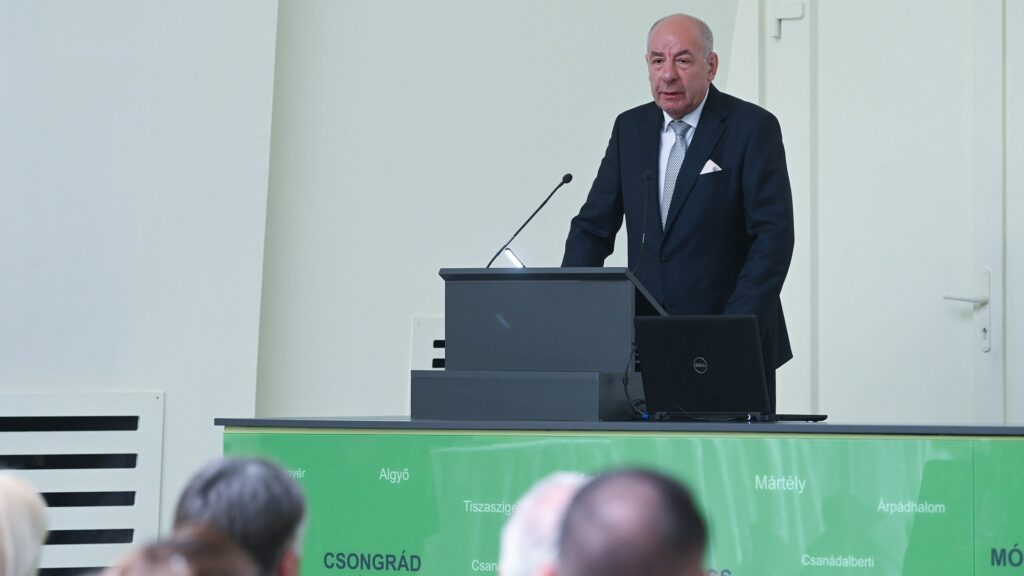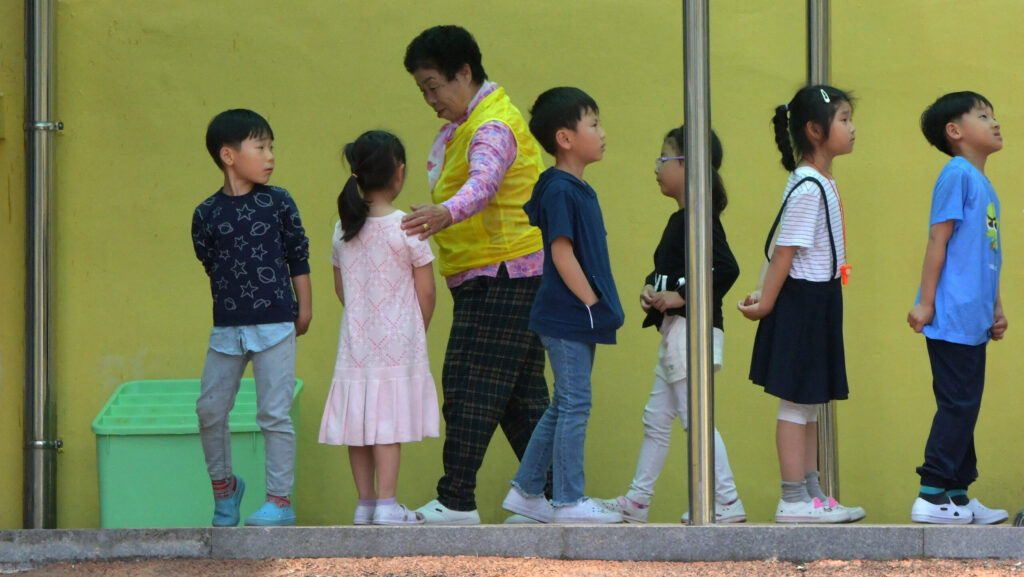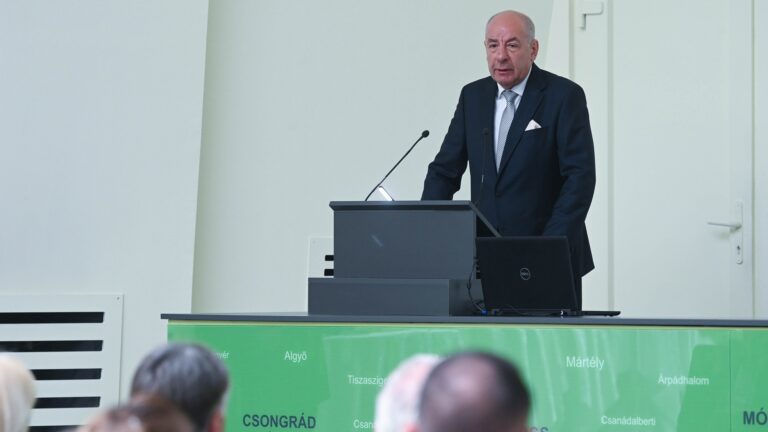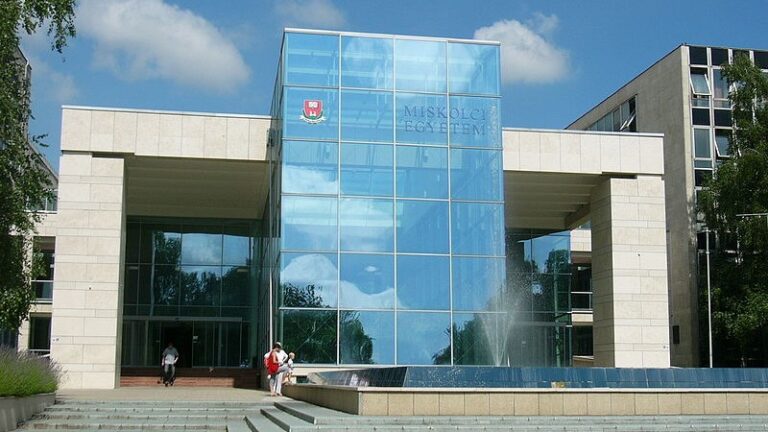21 June is the day of the summer solstice. During this time, the night is shortest, and the Sun reaches its highest point in the sky at noon. The summer solstice is the moment when the angle formed by the line connecting the centres of the Sun and Earth and the plane of the equator reaches its maximum value while the Sun is positioned in the northern hemisphere. This moment marks the beginning of astronomical summer in the northern hemisphere.
However, the Feast of St Ivan, also known as St Ivan’s Night, does not fall on the 21st but on the 24th.
The difference between the two methods of noting time, the tropical (relative to the Earth’s position) and the actual calendar years, is responsible for the three-day discrepancy that has occurred since the establishment of the calendar. Both in pagan and Christian cultures, it is a significant celebration, although Christian tradition commemorates St John the Baptist, the baptiser of Jesus, on 24 June. According to Hungarian folk customs, it has been an important holiday since even earlier.
The Feast of St John gained popularity in the 5th century and merged various beliefs and rituals associated with the summer solstice into the Christian celebration.
Numerous ancient customs are connected to it in most cultures, and there has been a revival of its celebration. St Ivan’s Night has always been considered magical by northern and Slavic people, and it continues to be regarded as such to this day. Various practices are employed during this time, which are related to healing, purification, love, and fertility.
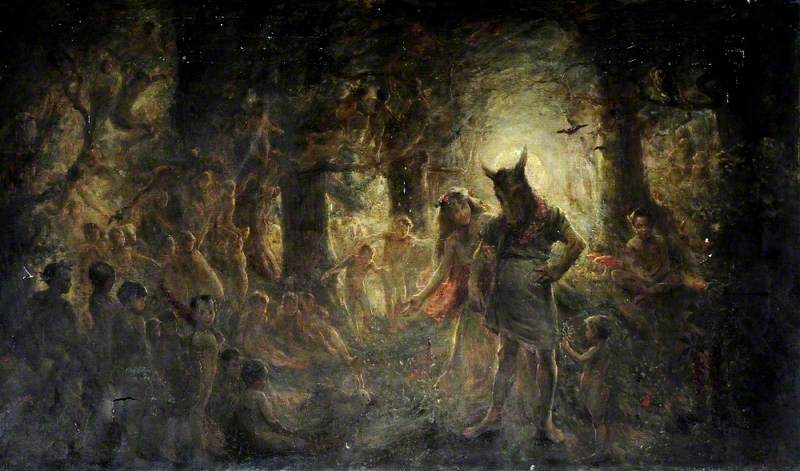
Since on this day light and brightness are celebrated, over time not only the Sun, but also fire has become its symbol. Thus, the ritual of lighting fires emerged. In our country, we also eagerly light bonfires during this time and hope that our wishes will come true. Often, flaming wheels are rolled or people march with torches through the settlements and around the fields. By doing this, people aim to drive away darkness and harmful spirits and also believe that
jumping over the fire has health-protecting power.
In different regions fires used to be made from types of wood that corresponded to the diseases people wanted to use its cleansing effects against.
For those who wished to receive grace from the Holy Trinity, it was advised to jump over the fire three times. The wreath worn during the jump was also considered significant. Those who hung it on the wall of their house could be protected from fire damage and natural disasters, according to the belief. Additionally, fruits thrown into the flames were later also consumed because it was thought that eating them had healing powers. Couples who held hands and jumped over the flames could look forward to a fortunate marriage and abundant children, but unmarried girls also had their share of fun. Based on the height of the jump and the landing spot, many things could be inferred about their future partners. Moreover, it was believed that by staring at the flames of the bonfire long enough, the face of their future husband would be revealed in the flames.
The tradition of Midsummer Night is not only relevant in Hungary; many other European countries celebrate it as well, although with different traditions.
In Portugal, for example, the summer solstice celebration is known as Santos Populares, which is part of a popular saints’ festival. One of the most interesting and traditional moments of the festival is when two to three hundred couples in Lisbon simultaneously say their vows to each other.
In Spain, particularly in the Valencia region and around the city of Alicante, people used to celebrate the summer solstice on the beach instead of in the city. After sunset, the people lit bonfires, danced around the fires, set off fireworks, and then swam in the sea until early morning hours.
In certain regions of Germany, children used to go from house to house collecting firewood for the St Ivan’s Eve bonfire. It was believed that those who did not contribute to the communal fire would not receive blessings for their crops.
In the Czech Republic, lovers threw wreaths to each other over the midsummer fire. When the flames subsided, every couple held hands and jumped over the fire three times. According to the tradition, those who did this would soon get married and also gain protection against fever-related illnesses for one year.
On Saturday, 24 June, in the spirit of St Ivan’s Night, Hungary also hosts the Night of Museums, compressing the programmes of over 400 participating institutions into a single night with nearly 2000 activities.
Read more:

